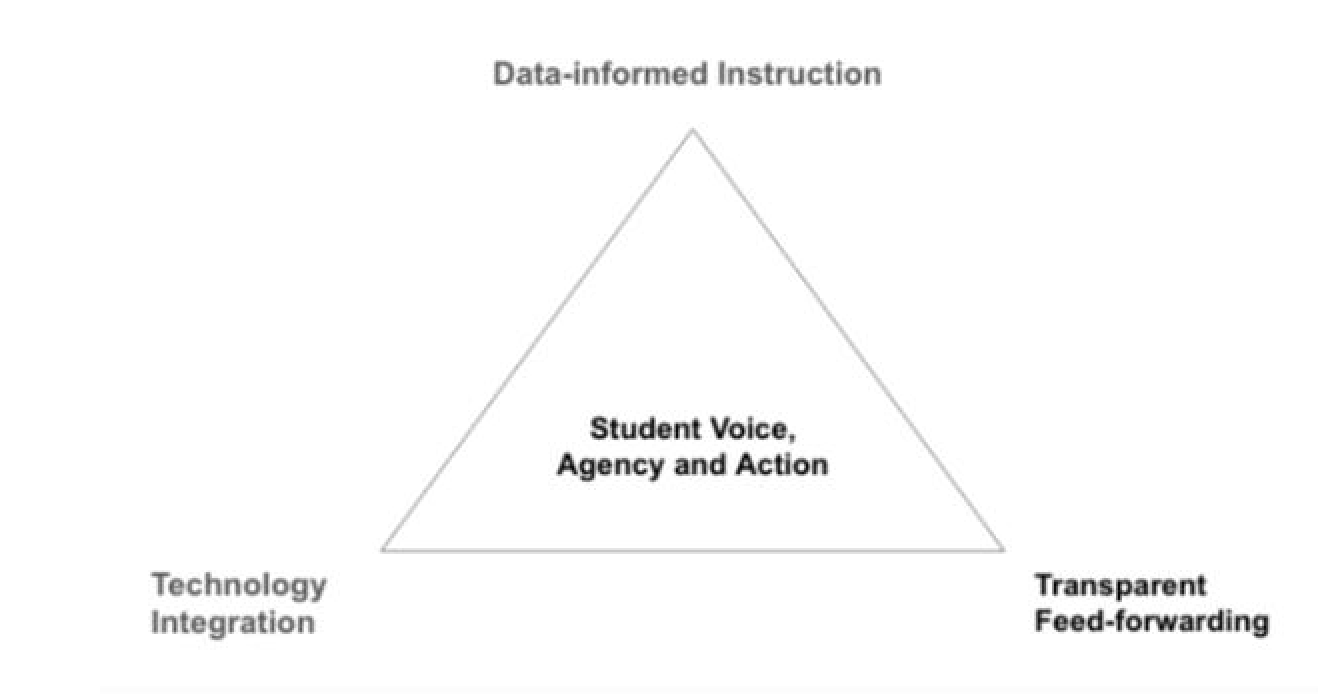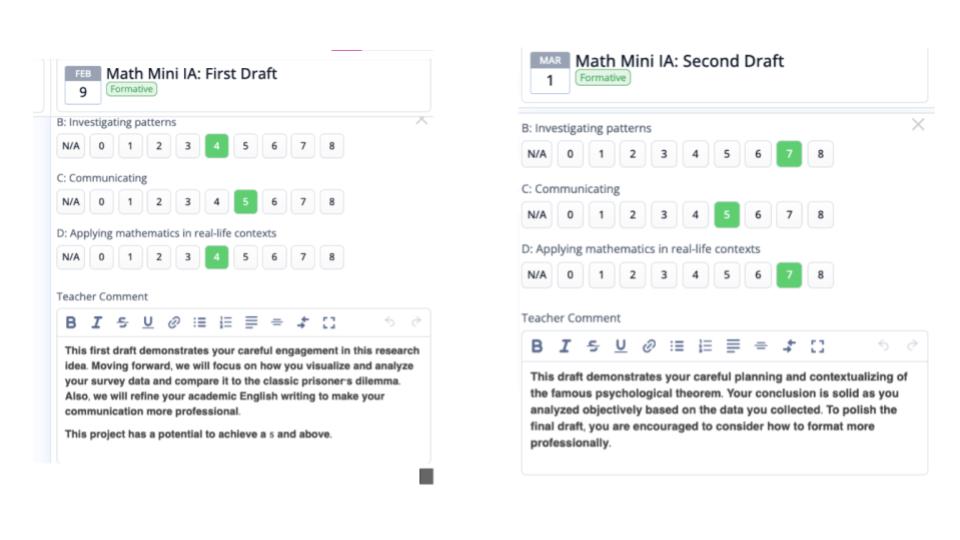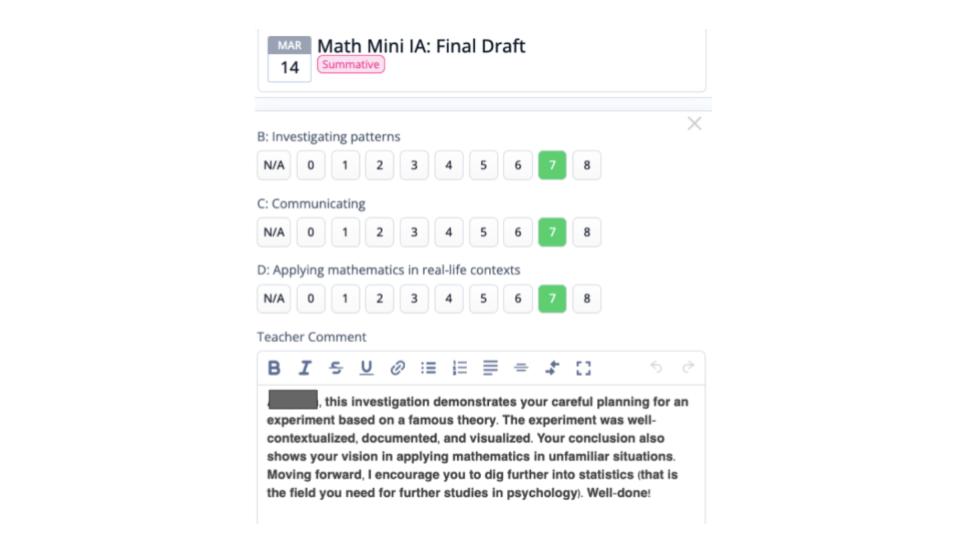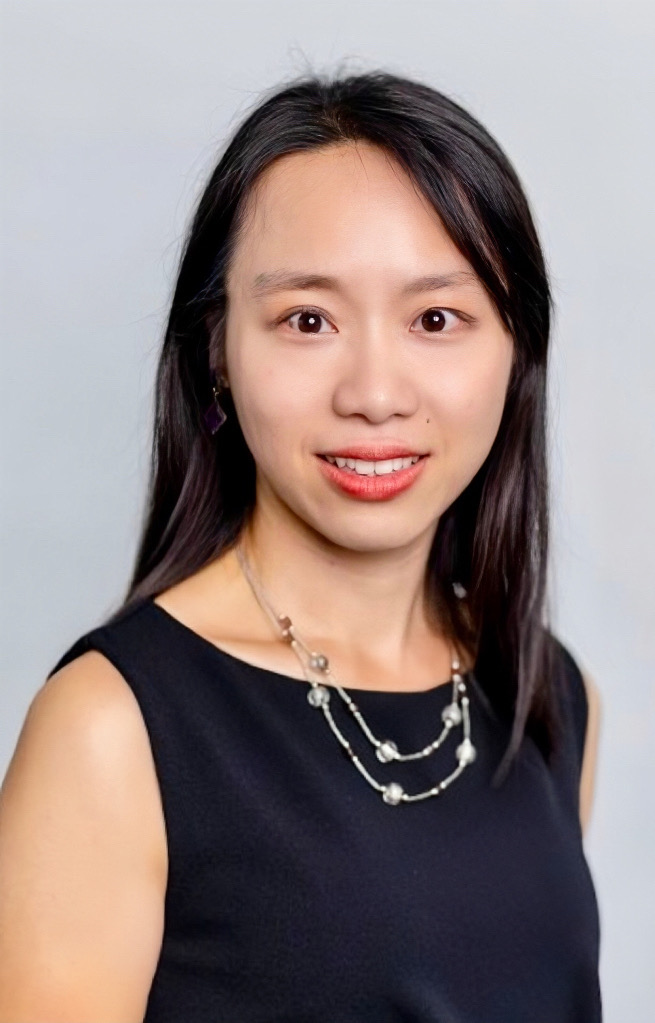Nurturing Student Agency in Secondary Mathematics: Challenges and Opportunities
Nurturing Student Agency in Secondary Mathematics: Challenges and Opportunities
Carol Lai
MYP/DP Mathematics Teacher; CAS Coordinator
International School of Debrecen, Hungary
Student voice has been widely discussed in educational research and practiced in everyday classroom settings since the 1990s and the 2000s (Cook-Sather, 2020). While many scholars define student voice as “to identify and analyze issues related to [students’] schools and their learning that they see significant” (Fielding & Bragg, 2003, p. 4), other scholars also point out that a difference exists between student voice, agency and action (Holdsworth, 2000). Nevertheless, the existence of student voice alone does not always lead to transformative learning experiences. Instead, student agency and action only thrive with sustainable support from all school stakeholders (Lundy, 2007). Such sustainable support, I argue, starts from well-designed curriculum and pedagogical practices from subject teachers and middle leaders.
In this article, I reflect on the driving question from my Professional Growth Plan (PGP below) in 2023/24, my daily teaching and anticipated impact on students in High School Mathematics. In September 2023, I intentionally chose and started to connect all lesson plans and delivery to this question: “How can I engage students in creative and active learning, while empowering students to act independently, make their own choices, and take purposeful initiatives?” This question resonates with a Professional Standard– “Promote agency and inquiry in the learning process” in my school and my personal teaching philosophy. I firmly believe that the ultimate goal of education is to cultivate lifelong inquirers, who take ethical and independent actions to maximize the benefits on themselves and others.
While this PGP question sounds promising in terms of student empowerment and making learning truly meaningful, multiple challenges exist in Secondary Mathematics classrooms. Different from other IB subjects at both MYP and DP levels, a set of curriculum content, skills and concepts are present in Mathematics to prepare students for taking independent actions in assessments, research projects and making real-life connections. Additionally, math anxiety exists in every classroom and even, I would argue, among top-performing students. Noticeably, while math anxiety is widely discussed among educators and students, no one talks about “English anxiety,” “History anxiety,” or “PE anxiety.” Is Mathematics notoriously difficult? Or should the delivery of Mathematics be reformed? Regardless, such anxiety usually hinders students from building a growth mindset and becoming risk-takers in handling cognitive loads relating to the rather abstract learning process in Mathematics. It takes more patience and wisdom for educators of Mathematics to delve into the complex interplay between emotions, motivations and cognitive processes in each learner (Mammarella et al., 2019). The learning gaps brought by the interrupted learning during the Covid pandemic aggravated the mentioned-above challenges (Ma and Wang, 2023).
Nevertheless, opportunities still exist in closing the gaps and cultivating agency in Secondary Mathematics while systematic curriculum design, a vibrant learning community and student accountability are in place. I propose a model of triangulation:

To ignite student learning creatively and critically, I start from collecting and analyzing student data before designing instructional strategies and materials. The combination of WIDA and MAP test results plays an important role, as the former allows me to gauge the amount of academic vocabulary I can include per lesson and the latter gives a picture of students’ individual and collective prior knowledge in mathematical sub-topics. The beauty of teaching in multilingual/multicultural classrooms (and being multilingual myself) lies in drawing analogies between relevant words among languages spoken by learners to unpack abstract mathematical concepts (Noren, 2015).
For example, I can bring students’ attention to a wide range of Greek letters used in Mathematics and point out the fact that numerous modern mathematical concepts were significantly shaped by ancient Greek mathematicians. Appreciating Mathematics from the historical perspective demonstrates the necessity of contextualizing knowledge acquisition. Another example, while mathematical vocabulary can be challenging for EAL or multilingual students, helping individual students to understand terminologies in two or more languages simultaneously can reduce their anxiety of informational overload. The last example here is to use MAP test results to better understand students’ individual profiles–Who is stronger in Reading or certain mathematical branches? Can I pair them up for group projects or peer tutoring? These questions linger in my mind constantly for data-informed instruction.
Additionally, to cultivate a learning community, students regularly receive constructive feedback on their learning engagements and feed-forwarding for next challenges to take. Transparent sharing of such data through ManageBac (a school-wide learning management system) is the key to build mutual trust and solid support among students, parents and the instructor. A learning community grows when learners cope with realities humbly and hopefully (Su, 2017). Below is an example of how feedback was provided explicitly for a 10-week project with my Grades 9 and 10 students. The ongoing and specific feedback helped students grow not only in acquiring mathematical knowledge but also in reflection through inquiries and revision.


Technology integration speaks to two goals in the ongoing agency cultivation: firstly, the use of technology empowers students to compute and build mathematical reasoning skills more efficiently. There has been anecdotal evidence among several students with learning needs to testify to such empowerment. Secondly and more obviously, through self-directed research projects in 10 weeks, all Grades 9 and 10 students were equipped with skills of using various technological tools and writing mathematical arguments, a mindset of sharing their explorations (through a school-wide Innovation Day before spring break), a continuing habit of receiving and responding to feedback (see above), and opportunities to extend their findings beyond the MYP program (Andersen, 2015). My students truly impressed me when I saw their projects, ranging from arts, coding, sports to society. Below are some examples of their engaging Math/technology projects:
| What is probability theory and what are its practical applications in sports betting? |
| Hydration matters: understanding the impact of water intake on energy levels and productivity |
| How fast do I have to go, so I can jump a 33m long dirtbike jump? |
| Prisoner”s Dilemma at ISD: which choice is beneficial at ISD? |
Genuine student-centered learning, I argue, can exist while challenges and boundaries are parts of Mathematics learning. It thrives when the instructors balance between teaching and facilitating. The end goal of an individual receiving mathematical education is not to become a mathematician, but to think objectively and to investigate everything with healthy skepticism and curiosity. This is the beginning of becoming a responsible citizen in any society. Secondly, it is my desire to share this teaching journey with teachers from other grade levels and subjects, along with parents, in order to celebrate student growth. This model of triangulation, hopefully, can contribute to a sustainable and engaging curriculum design in K-12 Mathematics in my school community and beyond. (Word count: 1095)
References
Andersen, B. (2020) “Activating student voice and agency in assessment,” Agora (Melbourne, Vic.), 55(2), pp. 20–22.
Cook-Sather, A. (2020) “Student voice across contexts: Fostering student agency in today’s schools,” Theory into practice, 59(2), pp. 182–191. Available at:
https://doi.org/10.1080/00405841.2019.1705091.
Holdsworth R. (2000). Schools that create real roles of value for young people. UNESCO International Prospect, 3, 349-362.
Lundy, L. (2007) “‘Voice’ is not enough: conceptualising Article 12 of the United Nations Convention on the Rights of the Child,” British educational research journal, 33(6), pp. 927–942. Available at: https://doi.org/10.1080/01411920701657033
Ma, P. and Wang, L.Z. (2023) “The Impacts of COVID-induced School Closures on Inequality in Education Outcomes,” Journal of student research (Houston, Tex.), 11(1). Available at: https://doi.org/10.47611/jsrhs.v11i1.2312.
Mammarella, I.C., Caviola, S. and Dowker, A. (eds) (2019) Mathematics anxiety : what is known and what is still to be understood. London: Routledge.
Noren, E. (2015) “Agency and positioning in a multilingual mathematics classroom,” Educational studies in mathematics, 89(2), pp. 167–184. Available at: https://doi.org/10.1007/s10649-015-9603-5.
Su, F.E. (2017) “Mathematics for Human Flourishing,” The American mathematical monthly, 124(6), pp. 483–493. Available at: https://doi.org/10.4169/amer.math.monthly.124.6.483.
Biography

Carol has been teaching in international schools since 2016. As a MYP/DP Mathematics teacher, she is passionate about cultivating critical thinking skills systematically through inquiries and technology integration. She believes that Mathematics is a combination of arts, science, communication and fun! As a CAS Coordinator, she is dedicated to inspiring her students to share their talents and support diverse communities. She embraces sustainable connections with genuine people.
As a lifelong learner, she enjoys exploring the unknown territories through reading, writing and traveling. Outside of work, she loves classical music and learning languages. Her new challenge is to expand her understanding of classical music and mathematics in German, on top of English and her mother tongue, Mandarin Chinese.
You might also like...
Why Does Student Voice Matter in the Curriculum?
21st November 2023
Leading through Complexity: Why Wellbeing Intelligence is The Bedrock of Sustainable Success
30th April 2025
Storytelling as a way of mapping student learning
9th July 2024
Leadership: what’s the deal with the addiction to toxicity?
3rd February 2025
LAST but not least: The adaptive work of the teacher
8th July 2024
